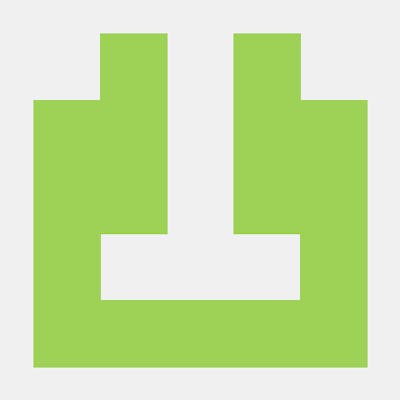HTML-A Must Use for every website
A web page is a single document that is accessible via the web. When certain webpages are built to give information on the same thing or towards the same purpose, they are most times grouped together and interconnected to make it easier for whoever visits the web. This then brings us to websites.
A website is a group of interlinked and well structured web pages that exist on the same domain. In other words, it is a group of connected web pages that exist in the same location on the web.
Websites are of different kinds and for different purposes ranging from news, blogs, education, entertainment, business to e-commerce and so on. It can be an online portfolio, personal blog, landing pages, e.t.c. Examples of these websites are Wikipedia, Amazon, Fox News.
Now, a website has to be created first using the language that the server, your device and the browser will understand and this language is called Hyper Text Markup Language(HTML).
So why is HTML a must use?
HTML describes the structure of web pages. Other languages used on the web page to improve the user experience will be built on HTML.
HTML stands as the building block of every web page. Using the human body as an illustration, HTML can be regarded as the skeleton while other languages can be likened to the brain, the blood, the skin, the hair and so on.
HTML contains some tags e.g meta tags, title tags and other semantic tags that assists in search engine optimization(SEO). It makes it easier for the search engine to determine the content of your website and rank it above others.
HTML gives text meaning so the browser can understand how to display the webpage well using semantics.
Proper HTML semantics makes the page more comprehensive and tell the browser what its content is about and how to display it. Semantic tags can be either container tags or empty tags.
Container tags have a start tag and an end tag which then encloses the element content and are all together called elements. e.g
<h1>This is an element</h1>
Some of these container tags includes
<h1> to <h6>: defines a heading.
<abbrv>: defines an abbreviation or acronym.
<p>: defines a paragraph.
<header>: defines the top section of the page.
<footer>: defines the bottom section of the page.
<main>: defines the main content of the page.
<nav>: contains a group of navigation links.
<article>: defines an article.
<aside>: defines content different from the main content of the page and is usually at the side.
<form>: contains a form.
<table>: contains a table.
<a>: used to create hyperlinks and is pronounced as "anchor tag".
<button>: used for a clickable button.
<select>: used to create a drop-down list.
<menu> and <ul>: used to create an unordered list.
<label>: used to label an input section.
<figure>: defines a self-contained content e.g image, poem.
<figcaption>: defines a caption for the
<li>: defines a list item.
<thead>: defines a table header.
<option>: defines an option in a drop-down list.
<dl>: defines a description list.
<address>: used for contact information.
<caption>: defines a table caption.
<ol>: used to create an ordered list.
<style>: contains style information of the page.
<pre>: defines preformatted text.
<video>: specifies an embedded video content.
<textarea>: allows multiple lines of text input from the user.
Do not forget their closing tags when using them.
Empty tags do not have element content and end tags, they are closed at their start tags. e.g <br/>.
Let's discuss some of them;
<br/>: defines a single line break.
<hr/>: defines a horizontal line that separate sections.
<link/>: defines the relationship between a document and an external source or file.
<input/>: defines an area that allows input from the user.
<img/>: defines an image.
<col/>: specifies properties for each column in a colgroup.
<meta/>: defines metadata.
<source/>: defines multiple media files.
<track/>: defines tracks for media elements.
<area/>: defines an area inside an image map.
<embed/>: defines a container for an external resource.
HTML is easy to use and understand. You also do not need to download large applications to create an HTML file, make use of your preferred text editor like VSCode, Sublime, Notepad++, Atom. There are online text editors too like Codepen and you are good to go .
